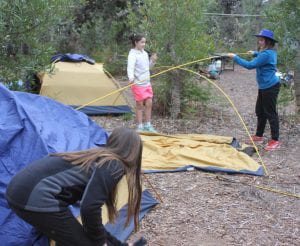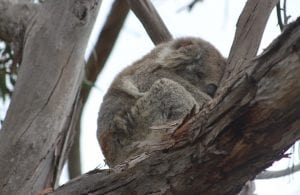Do you know this flightless bird that lives on the bottom of the world? If you are guessing an emu then you are wrong! It lives on the south Arctic and it is a penguin. I’m going to be talking about penguin adaptations.
First I’m going to be talking about their diet and what they eat. They mainly eat fish, prawns, squid, crabs and krill. They also eat stones to help them digest food and crustaceans. I think stones help them make their jaw wider so they can eat more food.
Second I’m going to be talking about where they live in Antarctica sometimes they live in South America, Australia, South Africa and New Zealand. Did you know that all these places are in the south? I think penguins live in the south because these places are close to Antarctica and it’s easier to swim to these places from Antarctica.
Third thing i’m going to be talking about is their physical appearance.I have a question – do penguins breathe underwater? No they don’t breathe underwater because they don’t have gills to breathe a long time underwater. They have lungs like humans do.And did you know Adelie penguins build their nests from pebbles? I think it’s because it’s all they have in Antarctica to build in their nests.
Fourth I’m going to be talking about the structural adaptation. Penguins have short feathers which are used as a waterproof layer to keep them warm. Did you know that their wings are used to swim underwater and to grab food. Penguins are stronger than humans and they are very fast swimmers – better than humans and they swim up to thirteen kilometres per hour. They must be tired from all of that swimming.
The fifth thing is the behavioural adaptations. Most Emperor penguins never touch land for their whole life. I think that’s because they’re scared that some people might attack them. Another fact about the behavioural adaptation of penguins is that they huddle together to keep warm. This is because in Antarctica in the winter it is very cold so the penguins and their chicks huddle to keep warm.
The sixth thing i’m going to be talking about is the Physiological adaptation. This means what they do normally. First fact is they stay in large groups – I don’t know how many but I know it’s a lot. I think that’s because they can mate or make new friends or huddle to keep warm. I think those are facts why they are in large groups. They lay eggs in winter. I think that’s because their chicks can feel what the cold is like. Penguins can dive very deep to get fish, crabs, squid, prawns and krill and they can hold their breath underwater for a long long time. I can’t even hold my breath under water for a few seconds, but penguins can hold their breath underwater for a long time. Adelie chicks leave their nests when they are fifty days old. I’m not sure why but that’s half way from a year old.
The sources of information I used is Penguins and other flightless birds by World Books. This book gave me lots of information like Physiological adaptations, Structural adaptations, Description of environment, Physical appearance and diet except for behavioural adaptations. Another source of information is Penguins by Kim Westerkav. This had a lot of helpful information on Penguins and other flightless birds. It also helped me on the behavioural adaptations. The online information I used is World book online. It helped me on Emperor penguins and many things about Adelie Penguins and chicks.It had some information about the largest penguin.
Do you know any good information books that helps you on penguin adaptations?









 In year five we went on a camp called Toonallok in the gippsland lakes. What I love the most was the shoe game because it was interesting and we had to throw a shoe so the water bottle falls down and our group team Chloe won. Also I loved my cabin I had Morgan, Ophelia, Paige and me we were all making up funny stories.
In year five we went on a camp called Toonallok in the gippsland lakes. What I love the most was the shoe game because it was interesting and we had to throw a shoe so the water bottle falls down and our group team Chloe won. Also I loved my cabin I had Morgan, Ophelia, Paige and me we were all making up funny stories.

